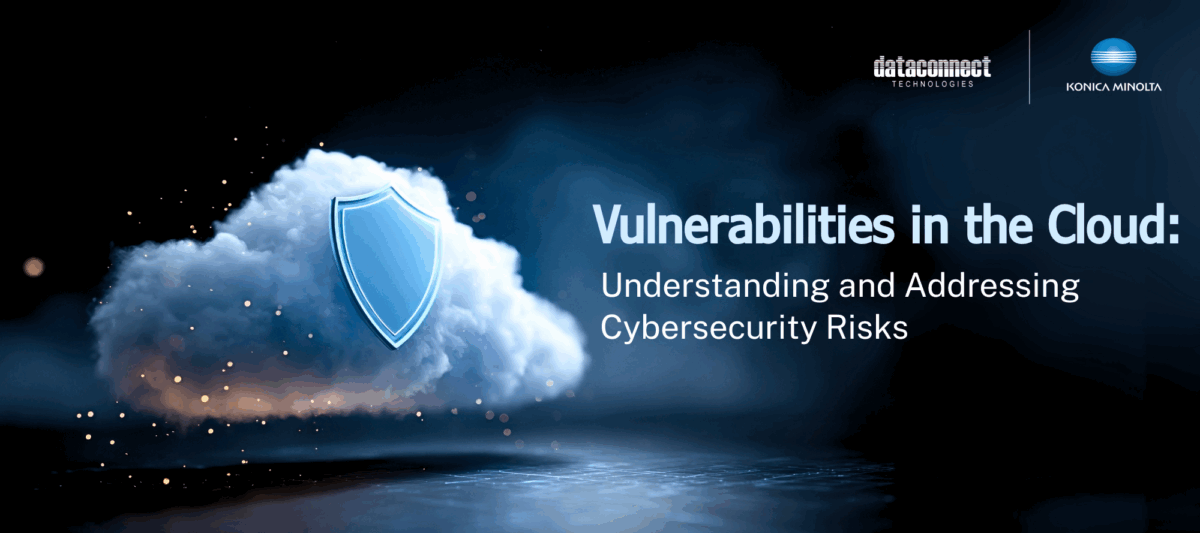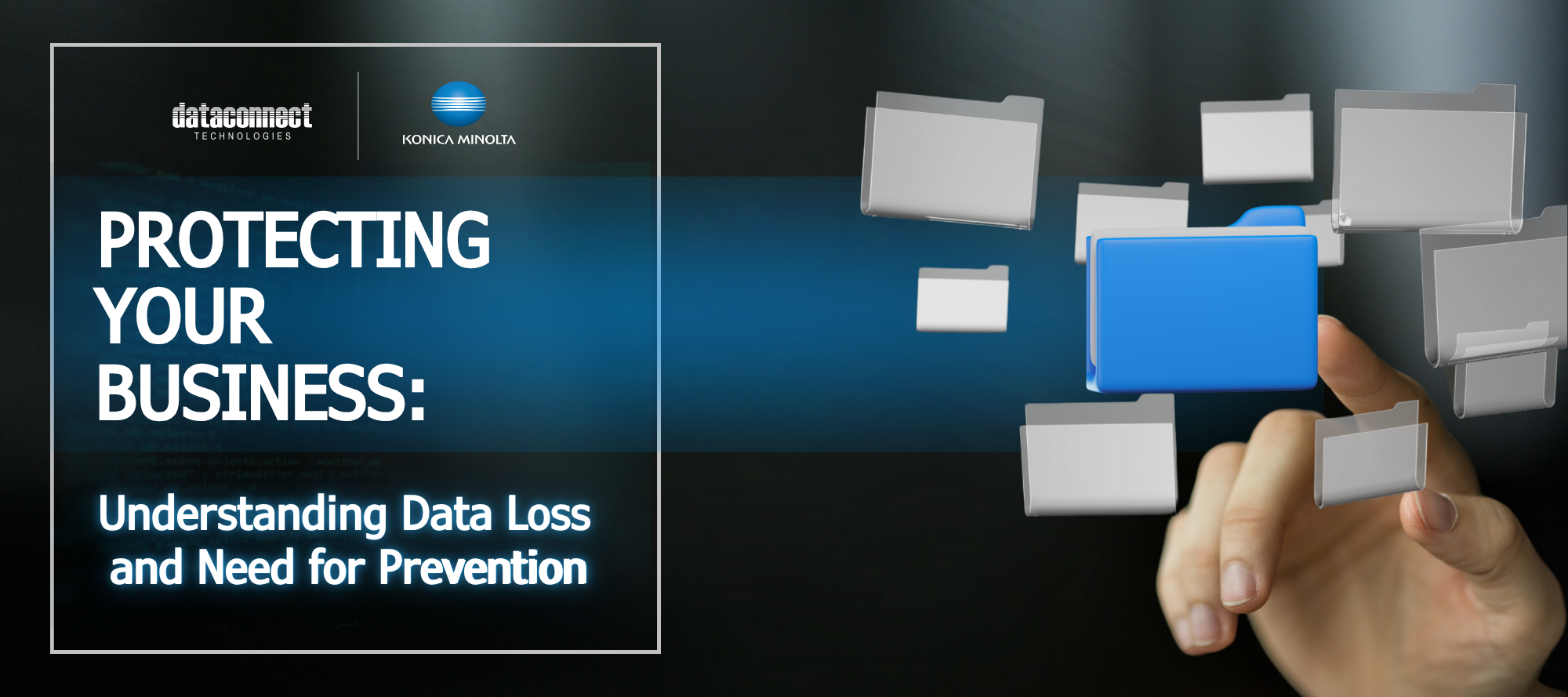Cloud computing has transformed how businesses operate, offering scalability, flexibility, and cost-efficiency. However, this shift also introduces cybersecurity vulnerabilities weaknesses or flaws that attackers can exploit to gain unauthorized access, disrupt services, or steal sensitive data. In the cloud context, these vulnerabilities can stem from misconfigurations, inadequate access controls, or flaws in the underlying infrastructure.
The shared responsibility model in cloud computing delineates security obligations between cloud service providers (CSPs) and customers. While CSPs secure the cloud infrastructure, customers are responsible for securing their data and applications within the cloud. Misunderstanding this model can lead to security gaps, leaving systems exposed to threats.
Potential Sources of Vulnerabilities in the Cloud
Several factors contribute to cloud vulnerabilities:

Misconfigurations
Incorrectly set permissions or security settings can expose data to unauthorized users.

Inadequate Access Control
Weak authentication mechanisms or excessive user privileges can lead to unauthorized access.

Insecure APIs
Application Programming Interfaces (APIs) that lack proper security measures can be exploited by attackers.

Third-Party Integrations
Dependence on external vendors can introduce vulnerabilities, especially if those vendors have weaker security postures.
In Singapore Business Review report, highlighted that Singapore experienced the highest rate of third-party data breaches globally, with 71.4% of cyber incidents involving external vendors.
Challenges in Securing Vulnerable Cloud Infrastructure
Securing cloud infrastructure presents unique challenges:
- Complex Environments: The dynamic nature of cloud environments, with resources being frequently added or modified, makes it difficult to maintain consistent security policies.
- Visibility Issues: Limited visibility into cloud assets and configurations can hinder the detection of vulnerabilities.
- Rapid Deployment: The speed at which cloud services can be deployed may lead to security being overlooked in favor of operational efficiency.
The Cyber Security Agency of Singapore (CSA) has emphasized the importance of understanding and managing these risks, especially with the increasing adoption of cloud services.
Importance of Knowing How to Identify Vulnerabilities in the Cloud
Identifying vulnerabilities is crucial for proactive cybersecurity:

Risk Management: Understanding vulnerabilities enables better risk assessment and resource allocation.
Preventive Measures: Early detection allows organizations to address issues before they can be exploited.
Compliance: Regular vulnerability assessments help meet regulatory requirements and industry standards.
Ways to Reduce Cybersecurity Vulnerabilities in the Cloud
Organizations can adopt several strategies to mitigate cloud vulnerabilities:
- Implement Strong Access Controls: Use multi-factor authentication and the principle of least privilege to restrict access.
- Regularly Audit Configurations: Conduct periodic reviews of cloud configurations to identify and rectify misconfigurations.
- Secure APIs: Ensure that APIs are secured with proper authentication and encryption mechanisms.
- Monitor Third-Party Integrations: Assess the security posture of third-party vendors and monitor their access to your systems.
- Employee Training: Educate staff on cloud security best practices to reduce the risk of human error.
By implementing these measures, organizations can enhance their cloud security posture and reduce the likelihood of breaches.
HOW CAN DATA CONNECT TECHNOLOGIES HELP?
Defending against cloud vulnerabilities requires a layered, integrated strategy. With services like SIEM in the Cloud, Endpoint Protection, SOC, Unified Threat Protection, and Security Hygiene, Data Connect Technologies offers a robust framework designed for modern hybrid environments.
SIEM in the Cloud: Real-Time Visibility & Threat Detection
Data Connect offers a Splunk SIEM in the Cloud quickstart program, enabling cloud-native security intelligence:
- Instantly ingest hybrid data—cloud and onprem—for analysis
- Detect advanced threats like CVEs, malware outbreaks, brute force, TOR traffic, and unexpected logins
- Scale dynamically and stay updated automatically
Endpoint Patch & Protection Plan: Closing the Door on Exploits
Protecting remote endpoints is critical in cloud-age security. Data Connect’s plan includes:
- NextGen Antivirus + Endpoint Detection & Response for proactive defense against zero-day threats
- 24/7 Monitoring to detect anomalies on all remote devices
- Automated Patch Management to ensure systems are patched and hardened
Security Operations Center (SOC): From Detection to Response
A fully managed SOC offers layered defense and deep threat visibility:
- SOC Ops: Continuous monitoring, detection, analysis, and incident response capabilities
Unified Threat Protection
- This single multi-layered security includes network firewalls, intrusion detection/prevention, antivirus, and reporting. With simplified security and networking capabilities, you can reduce your risk of cyber threats, enable cloud access, and free up resources, enabling you to focus on what matters most for your business
Ongoing Security Hygiene: Awareness, Audits & Backup
Data Connect also emphasizes foundational measures:
- Security Awareness Training, password policies, MFA, VPN use especially for SMEs
- Regular Vulnerability Assessments & Pen Tests to identify open doors before attackers do
- Robust Backup & Recovery using cloud-based or hybrid methods to ensure business continuity
Whether you’re just starting to migrate or already heavily utilizing cloud infrastructure, these tailored services help you identify, contain, and recover from threats keeping your organization secure and resilient.
Final Thoughts
In conclusion, while cloud computing offers numerous benefits, it also introduces specific cybersecurity challenges. Understanding and addressing vulnerabilities within the cloud is essential for protecting sensitive data and maintaining operational integrity. Through proactive identification and mitigation strategies, organizations can navigate the complexities of cloud security and safeguard their digital assets.





